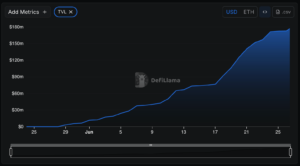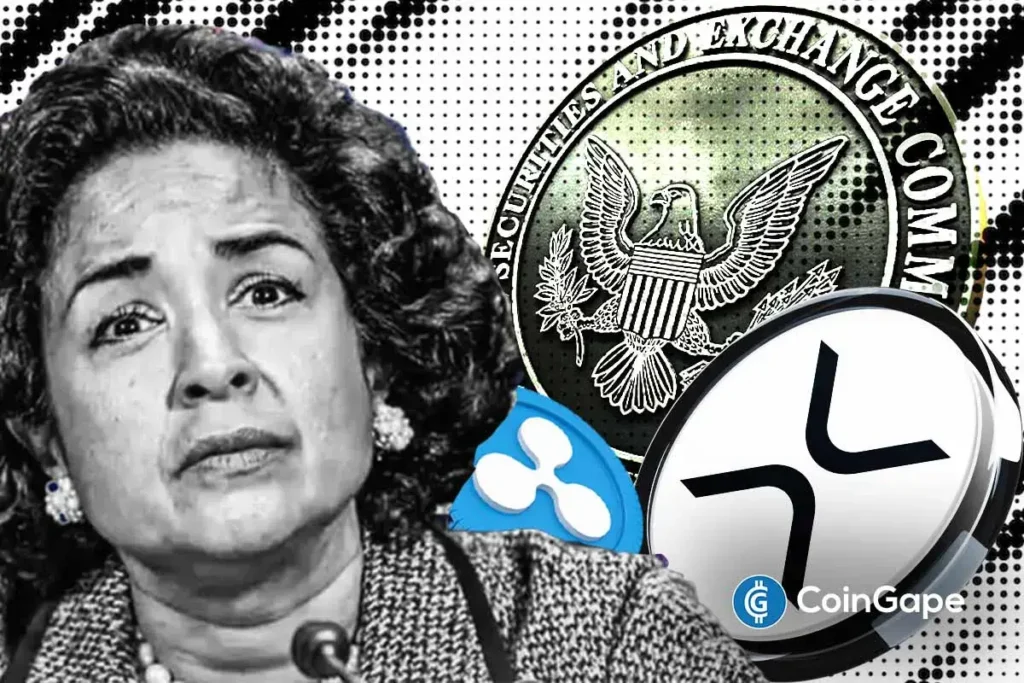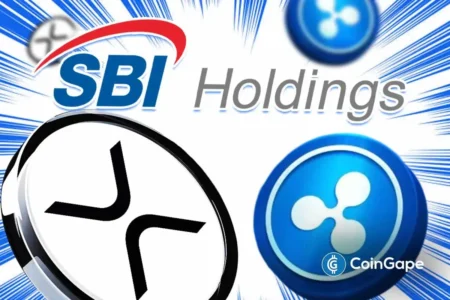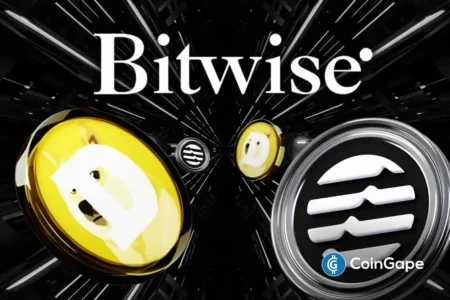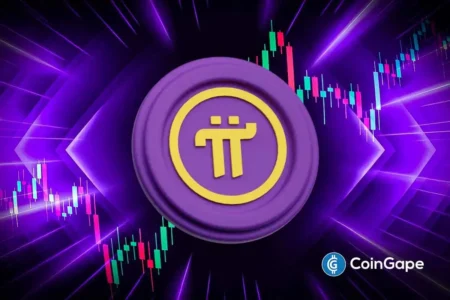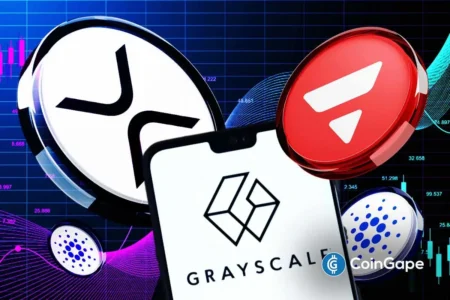Ripple’s XRP Lawsuit: Judge Torres Denies Indicative Ruling, What’s Next?
In a significant development within the ongoing XRP lawsuit, Judge Analisa Torres has officially denied the joint motion for an indicative ruling requested by Ripple and the SEC. This ruling presents a setback for both entities, particularly after they had previously reached a tentative settlement surrounding the allegations made against Ripple regarding the status of XRP as a security. The implications of this decision reverberate throughout the crypto community, raising essential questions about the future of Ripple and its legal standing.
Understanding the Denial of Indicative Ruling
The recent decision from Judge Torres comes just two weeks after an initial indicative ruling was rejected on procedural grounds. This time, the court maintained that neither party presented "exceptional circumstances" that could justify altering her previous judgment. In her statement, Judge Torres emphasized the importance of maintaining the finality of court judgments, which she argues serves not only the interests of private litigants but the legal community at large. This context underscores the complexity of navigating legal frameworks surrounding cryptocurrencies, where definitions and regulations are still evolving.
The Court’s Stance on SEC Arguments
Judge Torres’ ruling highlights a notable shift in the tone and substance of the SEC’s arguments throughout the litigation. Initially, the Commission strongly asserted that both an injunction and financial penalties were essential to serve the public interest and prevent further violations by Ripple. However, the judge pointed out that the SEC’s recent claims seem inconsistent with its earlier assertions. The court’s perspective reiterates the critical nature of consistency in legal arguments, particularly in high-stakes cases involving emerging technologies like cryptocurrencies.
Implications for Ripple and the XRP Community
Ripple’s Chief Legal Officer, Stuart Alderoty, expressed that the decision essentially places the onus back on Ripple, offering them two distinct pathways: either to dismiss their appeal or pursue further legal challenges based on the court’s ruling regarding institutional sales. Importantly, Alderoty reassured the XRP community that despite the ruling, XRP’s status as a non-security remains intact. This clarity is vital as it not only shields Ripple from immediate repercussions but also provides context for investors monitoring the ongoing developments in the case.
Next Steps in the Legal Battle
The ruling opens up several strategic options for both Ripple and the SEC. Ripple can either seek to appeal the ruling or choose to settle, effectively indicating their desire to end the prolonged dispute. Should they proceed with an appeal, it would mark another chapter in this contentious legal battle over the regulatory treatment of XRP and potentially set new precedents for the entire cryptocurrency sector.
The Broader Impact on Cryptocurrency Regulations
Judge Torres’ decision may resound beyond Ripple, influencing how other digital assets are treated under U.S. securities laws. As regulatory frameworks continue to evolve, this ruling may set a precedent that could affect how crypto firms approach compliance and navigate the complexities of legal obligations. The clarity provided by court decisions like this adds a dimension of understanding that could facilitate more informed market behavior among both investors and crypto companies.
Conclusion: The Ripple Effect
As the situation unfolds, stakeholders must remain attuned to the implications of Judge Torres’ ruling. The XRP lawsuit encapsulates the broader challenges facing the cryptocurrency industry as it strives to find its bearings within traditional legal frameworks. With Ripple still holding a solid stance on the legality of XRP, and the SEC reflecting on its position, the future of this case will undoubtedly be pivotal for the regulatory landscape of cryptocurrencies. Whether Ripple pursues an appeal or decides to seek a settlement, the ripple effects of this judgment are certain to be felt across the crypto community for years to come.
This decision, like many others in the realm of finance, underscores the critical interplay between innovation and regulation—a dynamic that will shape the future of digital assets and their place in the global economy.

